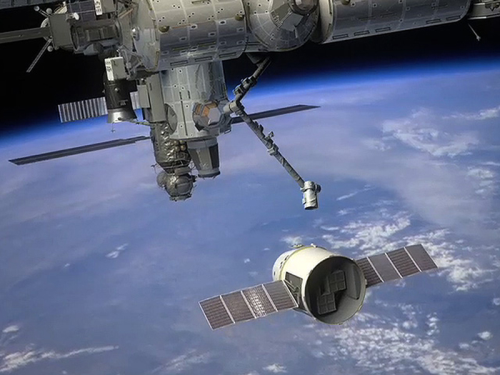
A developer of launch vehicles and spacecraft, SpaceX’s Dragon and Falcon 9 launch vehicle have been selected by NASA to provide reliable and efficient transport of cargo – and potentially crew – to the International Space Station and other low Earth orbit (LEO) destinations.
FiberSIM® software is being used to develop production fibre placement diagrams and laser projection files, and Vistagy is confident that its use will help meet both time and cost reduction objectives. It will be used to assist with actual fibre placement for the spacecraft’s thermal protection system, including the heat shield, exterior panels and insulating layers on the rocket and spacecraft, and several panels around the engines.
Used at the start of all composite projects, the software has enabled SpaceX to reduce the design-to-manufacturing time on composite parts –- such as the 5 m fairing boat tail panel – from seven to two days.
Initiated by SpaceX in 2005, the Dragon spacecraft is made up of a pressurised capsule and unpressurised trunk. It will be used to fulfil SpaceX’s NASA COTS contract for supplying cargo to the International Space Station.
The Dragon is comprised of three main elements:
- the Nosecone, which protects the vessel and the docking adaptor during ascent;
- the Pressurised Section, which houses the crew and/or pressurised cargo; and
- the Service Section, which contains avionics, parachutes and other support infrastructure.
“Time is always of the essence so FiberSIM’s proven ability to take us from art to part so rapidly was a critical consideration in our decision to purchase the software,” says Chris Thompson, vice president of structures engineering for SpaceX. “But it is about more than just speed. FiberSIM improves product quality by providing accurate engineering information to the manufacturing floor, which also helps the repeatability of the manufacturing process. This assures that parts fit when they come off the tool.”
The inaugural launch of Falcon 9 is expected at the end of 2009.





